Winter squash baby food
Butternut Squash Baby Food (Stage One)
This homemade Roasted Butternut Squash Baby Food Puree recipe not only contains calcium, folate, fiber, and vitamins A and C, but it is also a deliciously smooth way to introduce butternut squash to your baby! It’s a great Stage 1 baby food for 4-6 months and up!
Medically reviewed Jamie Johnson, Registered Dietitian Nutritionist (RDN), and Lauren Braaten, Pediatric Occupational Therapist (OT).
Butternut Squash Baby FoodThis butternut squash puree is a quick and simple recipe that involves roughly 5 minutes of hands-on time! 🖐
We’ll let the oven do all the hard work for the rest of the prep time. Cuz why should we work harder 💪 when we can work smarter? 🙋♀️
Butternut squash contains calcium, folate, fiber, and vitamins A and C and is considered one of the very best first foods for your baby.
Is it your first time making homemade baby food? Then I suggest you start this journey by reading my in-depth Guide on How to Make Homemade Baby Food. The detailed guide goes over all the important information such as the best cooking tools to have on hand, safe storage, how to know when baby is ready for solids, how to introduce purees, the best first foods for baby, and more! You can also check out my best-selling cookbook for even more information and recipes!
Butternut Squash Video
Watch this video to see just how easy it is to make this delicious puree for your baby!
Reasons to Love this Butternut Squash Puree- creamy and smooth
- great for 4-6+ months
- stage one baby food
- healthy — full of essential nutrients for your baby
- easy to make — requires only 5 minutes of hands-on time
- babies will love the sweet and earthy taste
- homemade
- freezer-friendly
- budget-friendly
Health Benefits of Butternut Squash
- High levels of antioxidants and vitamins A and C, which boosts the immune system and reduces inflammation
- A good source of potassium that helps keep bones healthy
- Contains a protein that may be a potent anticancer agent
- Provides calcium to help strengthen bones and folate to help with brain development
Make sure to read the recipe card below for full ingredients and instructions!
- Butternut Squash: This is an easy-to-find, inexpensive, and nutritious food for your baby! When selecting butternut squash, look for a firm squash that has a solid beige color skin without bruising or damage marks.
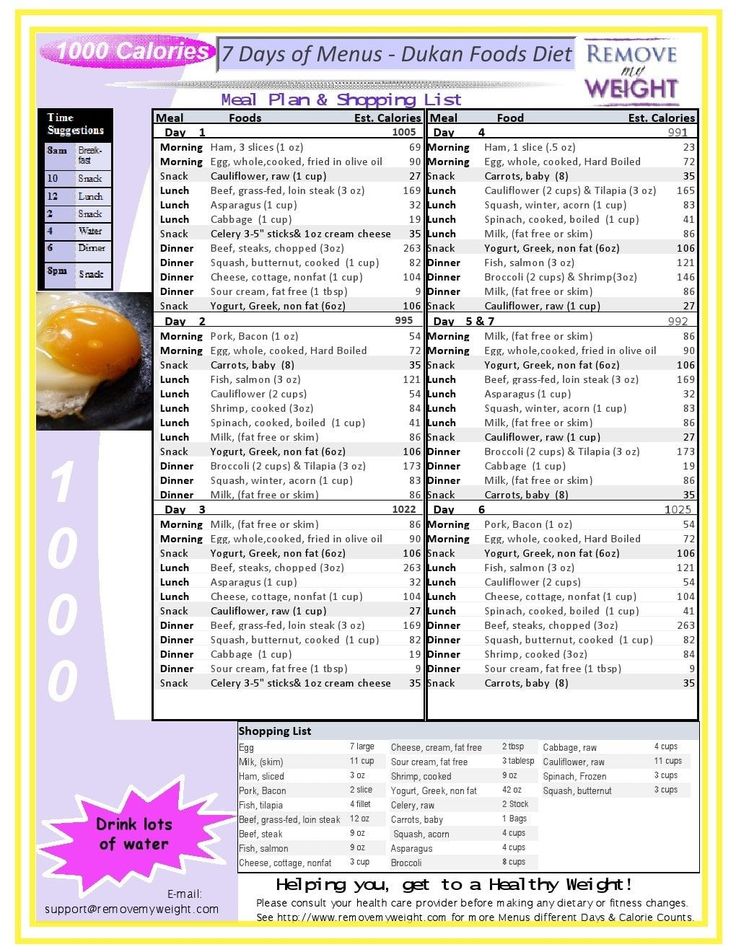 The insides will range from bright yellow to burnt orange, so don’t be alarmed if yours is somewhere in that color range.
The insides will range from bright yellow to burnt orange, so don’t be alarmed if yours is somewhere in that color range. - Thyme or Rosemary: We are kicking up the flavor profile with a fun and fresh herb — thyme or rosemary. Either of these herbs will tone down the earthiness of the squash and ramp up its freshness and citrus aspect. You can’t go wrong with either. But you can always skip adding herbs and spices to your baby food if you prefer (see more below).
Adding Healthy Fats Tip: If you are looking to add some extra healthy fat to your baby’s meals, then you can drizzle the butternut squash with extra virgin olive oil before roasting. Olive oil is a healthy fat that is full of omega 3 and omega 6 that helps baby absorb vitamin D which is important for bone growth and strengthening.
Tools NeededThese tools will make it a lot easier for you to make this healthy Sweet Potato puree. For more of my favorite kitchen tools make sure to check out my online shop.
- Baking Sheet
- Blender or Food Processor
- Knives
- Freezer Tray
- Storage Containers for Fridge
- Stasher Bag
- Bib with catch pocket
- Reusable pouches
- Heat Oven: Preheat the oven and line a baking sheet.
- Prep Squash: Cut the butternut squash in half and scoop out the seeds. Place them on the baking sheet with the flesh side down, and brush with olive oil (optional).
- Bake: Place the baking sheet in the oven and bake until easily pricked with a fork.
- Scrape: Let it cool, and then scrape off the skin until you only have the butternut squash left. Add to the blender or food processor.
- Add Herbs: Add in a pinch of thyme or rosemary to the butternut squash.
- Puree: Turn on the blender and puree until smooth, adding liquids if needed.

- Serve or freeze for another meal.
While I love the earthly, caramel flavor of roasted butternut squash, there are several ways you can cook butternut squash for baby food.
SteamingPeel and roughly chop 1 butternut squash. Place the cubes into a steamer basket over 2 inches of boiling water for 10-15 minutes or until tender when pricked with a fork. Puree in a blender as directed below.
BoilingPlace 1 peeled and roughly chopped butternut squash into a medium saucepan, add enough water to cover the butternut squash, and bring to a boil. Reduce to simmer and cook for 7-10 minutes or until tender when pricked with a fork. Puree in a blender as directed below. Note that boiling the butternut squash decreases the nutritional value of the puree since a lot of the nutrients are thrown out with the water after cooking.
Saving Time Tip: Steaming or boiling butternut squash are great methods to use if you are using prepared or frozen butternut squash. I have found both peeled and cubed fresh or frozen butternut squash in my grocery store, which are both viable options if you are short on time.
I have found both peeled and cubed fresh or frozen butternut squash in my grocery store, which are both viable options if you are short on time.
Frequently Asked Questions
Can butternut squash be baby’s first food
Butternut squash can 100% be your baby’s first food if you want it to be. It is recommended to wait to introduce the top eight allergen foods to your baby once a few other well-tolerated foods have been introduced, but otherwise, foods can be introduced in any order so choose whatever you are most excited for your baby to have.
Is butternut squash a common allergen for baby?
No, butternut squash is not a common allergen, however, as with any food, start with a small portion and be aware of any signs that might be an allergic reaction after introducing it.
When can baby eat butternut squash?
Babies can have butternut squash as one of their first foods.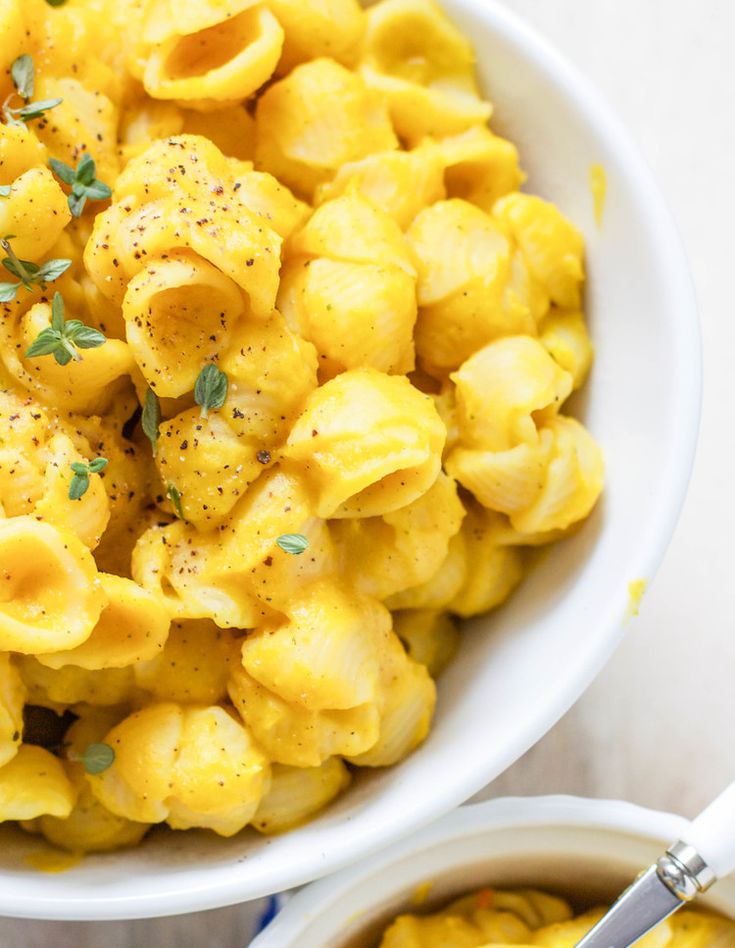 When a baby can start on solids is determined by their own rate of development, which generally comes between 4-6 months of age. Some of the developmental milestones babies need to reach in order to start solids include: if your baby has solid control of their head and neck, if your baby has doubled in weight, and if your baby is reaching for or opening their mouth when you eat (see my guide here). Before you start your baby on purees, you should consult with your pediatrician to make sure your child is developmentally ready.
When a baby can start on solids is determined by their own rate of development, which generally comes between 4-6 months of age. Some of the developmental milestones babies need to reach in order to start solids include: if your baby has solid control of their head and neck, if your baby has doubled in weight, and if your baby is reaching for or opening their mouth when you eat (see my guide here). Before you start your baby on purees, you should consult with your pediatrician to make sure your child is developmentally ready.
Can you add spices or herbs to this baby puree?
Yes! You can add in a pinch of chopped rosemary to this recipe, but feel free to use the following spices instead: basil, cilantro, ginger, nutmeg, coriander, mint, cinnamon, or mild curry powder (see quantity recommendations in the recipe card).
Tip on Spices: I always add spices or herbs to my baby food purees, but you can choose to leave them out in all of your baby food. You do you! Either way, this puree will surely taste amazing.
You do you! Either way, this puree will surely taste amazing.
Does butternut squash cause constipation for babies?
Butternut squash, though unlikely, may cause constipation in some babies, so avoid giving too much.
How to Store Butternut Squash Baby FoodRefrigeratorYou can store this puree in an airtight container in the fridge for up to 4 days.
FreezerThis puree can be frozen for up to 4 months.
- Spoon puree into a freezer storage container– do not overfill.
- Place the lid on the storage container or cover with a piece of saran wrap, and label with the date and recipe name.
- Place the tray into the freezer and let it freeze completely — preferably overnight.
- Pop-out the baby food cubes and place them in a ziplock baggie or stasher bag. Don’t forget to relabel the baggie or stager bag for future reference.
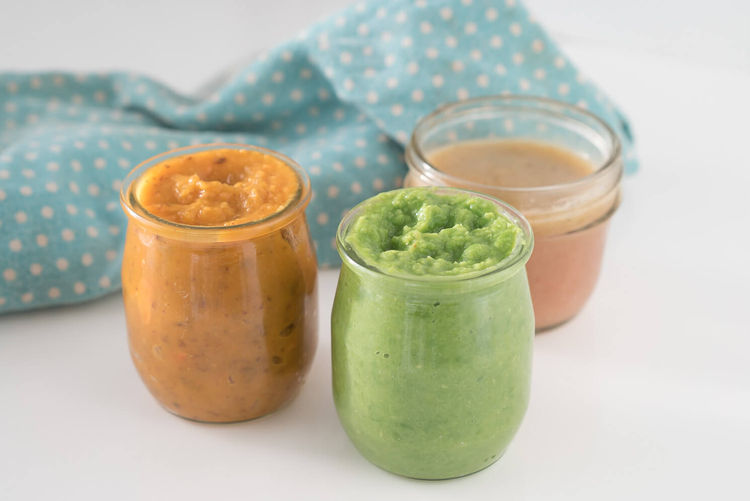
Need more information on how to store your baby foods? Head over to my Best Baby Food Storage Containers – Plus 6 Tips on Freezing and Thawing post!
Label Tip: Don’t forget to label your purees before you place them in the fridge or freezer with the name of the puree and the date you made it. Take it from me; by the end of the week, you will completely forget what is in your freezer and how long it’s been there. 😉
Puree Feeding Tips
- Follow your baby’s lead – when feeding purees from a spoon, sometimes there’s a tendency to keep offering bites past the point of your baby being full. Always follow baby’s cues for when they are done eating. Turning away from the spoon, closing her mouth, or pushing food away are all signs that baby is finished with the meal.
- Trial adding a little seasoning or spice to purees – babies like flavor! Or consider changing the temperature of purees from time to time, to slightly warmed or slightly chilled.
 Varying these aspects adds to the sensory experience!
Varying these aspects adds to the sensory experience! - Place a small amount of puree on the tray during spoon feeding, so that your baby can dip their fingers or hands in the puree. Allowing baby to explore foods in this way helps them learn to self-feed and can help them be more willing to try new textures and foods in the future.
While this butternut squash puree is tasty by itself, it’s also super easy to mix and match with other nutrient-dense baby food purees. So give these fun flavor combos a try!
- Apples
- Carrots
- Pears
- Cherries
- Quinoa Baby Cereal
- Chicken
- Corn
- Sweet Potato
- Soft Tofu
- Pumpkin
- Mango
- Cauliflower
- Yogurt
I’D LOVE TO KNOW HOW IT TURNED OUT! LEAVE A COMMENT AND A ⭐️ RATING BELOW 👇
Or watch a shortened version of the video here.
- 1 butternut squash
- 1 tsp fresh thyme or rosemary, roughly chopped
- 1-2 tsp olive oil (optional)
- 1/2-1 cup liquid (water, fresh breast milk, formula, stock or bone broth)
Preheat: Heat oven to 450 degrees F. Line baking sheet with a silicone mat, tin foil or parchment paper.
Prep: Cut butternut squash in half, deseed and place flesh side up, skin side down on the baking sheet. Optional – feel free to drizzle the squash with 2 teaspoons of olive oil for some added healthy fat.
Roast: Place the baking sheet into the oven and bake for 45-60 minutes or until you can easily prick the squash with a fork.
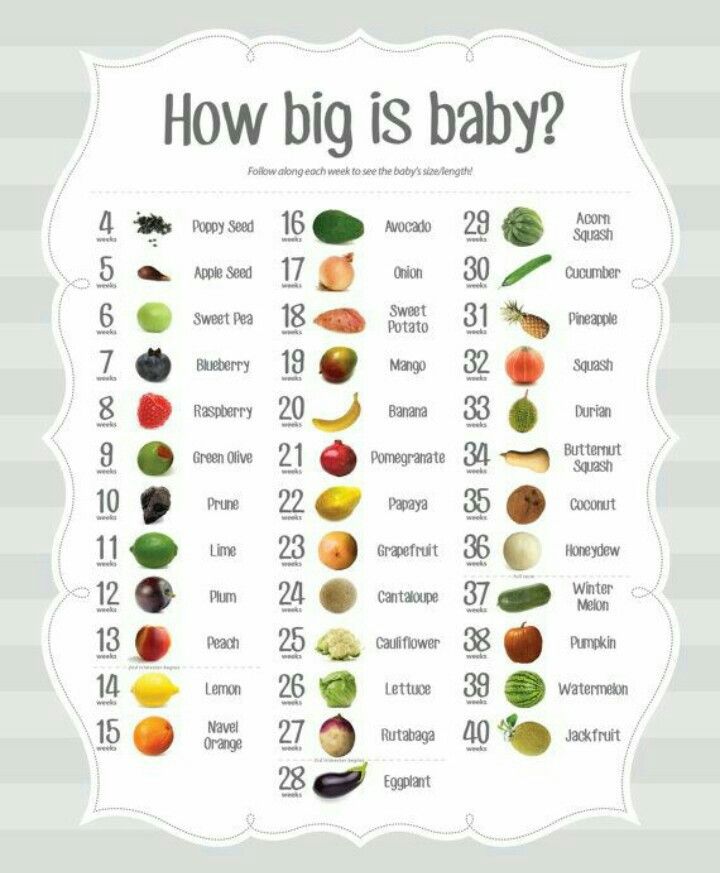
Peel: Let cool until you can handle the squash with your hands. Scrape the flesh off of the skin and place in a blender or food processor.
Add Herbs: Add the thyme or rosemary to the blender.
Puree: Turn on the blender or food processor and puree, adding liquid in 1/4 cup increments until you have the desired consistency. I had to add in 3/4 cup of water to my puree shown below.
Eat: Serve or freeze for later.
Age: 4-6 months and up
Yield: 25 ounces
Additional Spices: Feel free to sub the thyme or rosemary for 4 chopped basil leaves, 1 tsp chopped cilantro, 1/2 tsp minced fresh ginger, 1/2 teaspoon nutmeg, 1/2 tsp coriander, 1/2 tsp cinnamon or even 1/2 tsp of mind curry powder.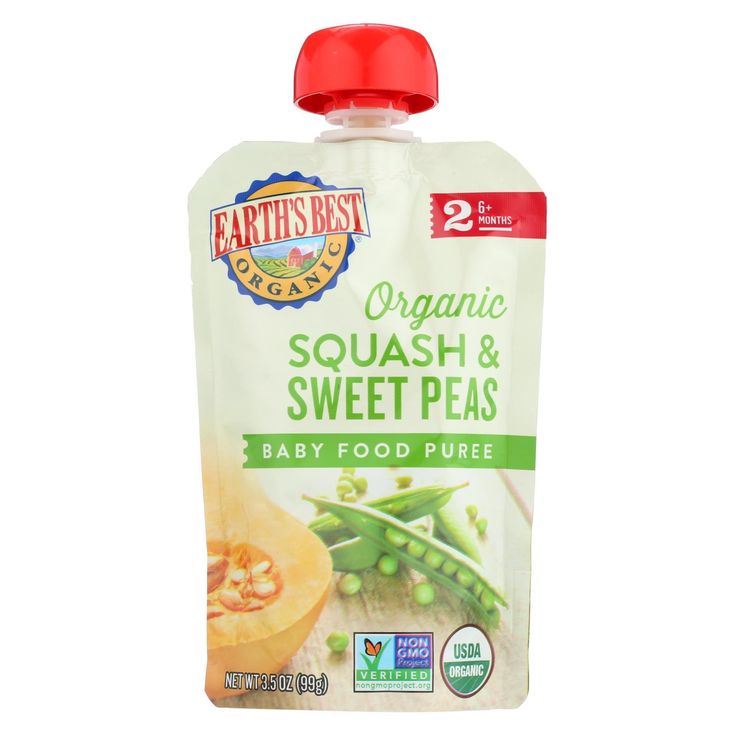
Freezer Tray
Blender
Silicone Baby Bibs
Bumkins Baby Bowl
Tripp Trapp High Chair
GreenPan Cookware
Did you make this recipe?
Tag @babyfoode on Instagram and hashtag it #babyfoode!
Pin <em>Recipe</em> Email <em>a Friend</em>
Organic Winter Squash Stage 2 Jarred Baby Food
Earth’s Best Organic® Stage 2, Winter Squash is for babies 6 months and older. Certified USDA organic, our Winter Squash contains no artificial flavors or colors.
Key Benefits
- For babies 6 months and older
- Packaged in BPA-free resealable jars
- No artificial flavors, colors or preservatives
- USDA-Certified Organic and made with non-GMO ingredients
- Vegan
Buy Now
The Qualities that Make this Product Earth’s Best.
-
Proud to be Certified Organic
-
No Genetically Modified Ingredients
-
Certified Kosher Ingredients
The most accurate information is always on the label on the actual product. We periodically update our labels based on new nutritional analysis to verify natural variations from crop to crop and at times formula revisions. The website does not necessarily get updated at the same time. The values on the website are intended to be a general guide to consumers. For absolute values, the actual label on the product at hand should be relied on.
We periodically update our labels based on new nutritional analysis to verify natural variations from crop to crop and at times formula revisions. The website does not necessarily get updated at the same time. The values on the website are intended to be a general guide to consumers. For absolute values, the actual label on the product at hand should be relied on.
Time-trusted and safe, we strive to provide better for baby products made with pure ingredients to help children grow up strong and healthy.
-
Diapers & Wipes
To keep your baby’s delicate skin fresh and clean, we thoughtfully provide chlorine free…
Learn More
-
Infant & Toddler Formula
Earth’s Best Formulas come in Dairy, Soy, Sensitivity, Gentle, and Toddler…
Learn More
-
Infant & Baby Foods - Cereal, Purees, & Jarred Foods
Nurture your baby’s development with organic cereal and pureed foods, in convenient packaging.
Learn More
-
Toddler Foods
Discover wholesome products including breakfast foods, entrees and snacks for your toddler from…
Learn More
-
Foods For Special Diets
The Earth’s Best® brand team believes that everyone should be able to enjoy our delicious products…
Learn More
-
Oral Care For Kids
We offer a line of earth-friendly oral care products for infants and toddlers.

Learn More
- Serving Size: 1 jar (113g)
Servings Per Container: - Amount Per Serving
- Calories: 50
- % Daily Value*
- Total Fat 0g
- 0%
- Trans Fat 0g
- Saturated Fat 0g
- 0%
- Cholesterol 0mg
- 0%
- Sodium 5mg
- 0%
- Total Carbohydrates 13g
- 14%
- Fiber 2g
- 0%
- Total Sugars 2g
- Protein 1g
- Vitamin A 0%
- Vitamin C 0%
- Calcium 0%
- Iron 0%
* Percent Daily Values are based on a 2,000 calorie diet. Your daily values may be higher or lower depending on your calorie needs.
The most accurate information is always on the label on the actual product.
 We periodically update our labels based on new nutritional analysis to verify natural variations from crop to crop and at times formula revisions. The website does not get updated at the same time. The values on the website are intended to be a general guide to consumers. For absolute values, the actual label on the product at hand should be relied on.
We periodically update our labels based on new nutritional analysis to verify natural variations from crop to crop and at times formula revisions. The website does not get updated at the same time. The values on the website are intended to be a general guide to consumers. For absolute values, the actual label on the product at hand should be relied on.
Ingredients
Organic Winter Squash, Water.Zucchini puree for the first feeding recipe
There are not so many products in the menu of babies up to a year that do not cause allergies. Such a dish is squash puree for the first feeding , the recipe of which is simple and allows you to combine it with other vegetables.
Benefits
Babies should first be given squash puree at 4 months of age. The vegetable product is easily digestible and is not an allergen. Zucchini is a healthy vegetable because it contains a number of nutrients necessary for the growth and development of the child.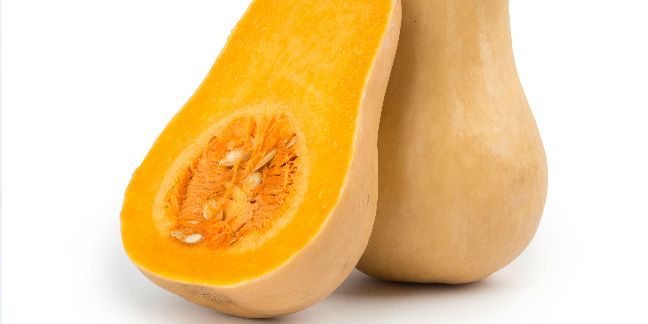 This vegetable product helps to eliminate any allergic reactions caused by other vegetables or fruits. Potassium and sodium contained in zucchini have a positive effect on the immune and nervous system of the crumbs.
This vegetable product helps to eliminate any allergic reactions caused by other vegetables or fruits. Potassium and sodium contained in zucchini have a positive effect on the immune and nervous system of the crumbs.
The main benefit of the vegetable is the presence of vitamin C in it, which helps protect the baby from colds. Zucchini puree is an excellent remedy for constipation, its intake normalizes digestion, eliminates colic. Zucchini is a light food that does not overload the stomach. The benefits of pectins are excellent absorption and removal of excess fluid from the body.
Despite the variety of zucchini varieties, a white-fruited variety is better for the first baby. And since the children's diet excludes the use of salt and sugar, these components should not be added to zucchini puree - it itself has a pleasant sweetish taste.
Recommended servings
The first complementary foods for babies are best done in the form of serving vegetable puree. If the mother gave fruit mixtures as the main dish, which have a richer and sweeter taste, then the child may not accept vegetable puree.
If the mother gave fruit mixtures as the main dish, which have a richer and sweeter taste, then the child may not accept vegetable puree.
First squash food should not exceed ½ tsp. It is better to give zucchini puree in the morning to monitor the baby's health after introducing a new vegetable into the diet.
Increase the amount of squash complementary foods if the child has tolerated zucchini well. The portion should eventually be 100 g. Gradually, you can combine zucchini with other vegetables, but the introduction of such dishes into the children's diet requires maintaining an interval of 5-7 days.
Preparing puree for the winter
In the autumn-winter season, ready-made squash puree can be bought in the store, but often such products can contain bacteria as a result of long storage and transportation. In order for the child to receive healthy food, for the winter it is recommended to independently prepare a valuable vegetable - zucchini. It should be washed, cleaned, seeds removed from the inside. Cut the vegetable into medium cubes, put in a bag and freeze.
Cut the vegetable into medium cubes, put in a bag and freeze.
To prevent the cubes from being compressed into one lump, the best option is to make a blank in bags with the calculation for one serving. Quickly frozen homemade vegetable cubes will not lose their beneficial properties. When you need to make mashed potatoes for the first time, they are taken from the freezer and steamed.
How to make zucchini puree?
You can cook zucchini in different ways: for this, a double boiler, multicooker is used. How to make zucchini puree for babies? Dishes should not contain spices, fat.
A serving of ⅓ or ¼ of a vegetable is suitable for a baby. To make food easily digested, young children are served on the first course of zucchini, chopped with a blender. After the baby's teeth erupt (this happens for about 8-11 months), it will be enough to knead the boiled healthy zucchini with a fork.
The process of preparing a meal for a baby
Zucchini must be thoroughly washed, peeled, seeds removed.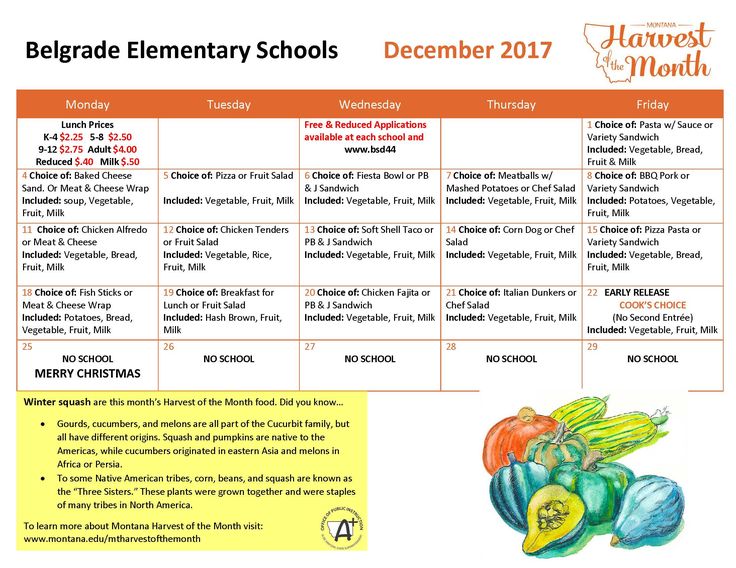 Cut into small cubes and boil in boiling water. When ready, remove from the pan, bring to a mushy state. To make zucchini puree liquid, it is diluted with breast milk. Lure of zucchini should be medium portions, you can cook the dish in boiling water. The liquid should just barely cover the vegetable cubes.
Cut into small cubes and boil in boiling water. When ready, remove from the pan, bring to a mushy state. To make zucchini puree liquid, it is diluted with breast milk. Lure of zucchini should be medium portions, you can cook the dish in boiling water. The liquid should just barely cover the vegetable cubes.
Zucchini is good not only as a first food, where it is served in chopped form without extraneous vegetables. It can also be used to make another equally delicious homemade dish. A baby can use cream soup, vegetable stew, caviar, pancakes, ketchup for porridge.
Cooking zucchini for a child for a couple
Before cooking zucchini in a slow cooker, it is pre-soaked for 2 hours in cold water with the addition of salt. For the first feeding for babies, it is recommended to choose young varieties of small size. Shop zucchini are selected primarily for their appearance. They must be free of obvious defects. A slow cooker or a double boiler will help to save most of the beneficial vitamins in zucchini.
To cook a vegetable in a double boiler, it will need to be peeled and the seeds removed. Cut into cubes, cook no more than 10 minutes. If kitchen appliances are not available, a zucchini dish can be cooked in a standard way, in a saucepan. To do this, the container is filled with water by ¼ part. The vegetable is washed, cut and thrown back on a sieve. To cook quickly, the pan must be covered with a lid.
In a slow cooker, zucchini can be cooked in this way: wash the vegetable, remove the seeds, cut into cubes, steam. For cooking, use the “cooking” or “stewing” mode, cook mashed potatoes for 20 minutes. When serving, zucchini is brought to a state of puree.
It is very important to follow the rules for preparing baby food:
- Squash complementary foods should be diluted with breast milk during preparation. Store-bought can be diluted when the child reaches the age of 1.5 years.
- The vegetable is compatible with other root vegetables, but for the first feeding it is better to give it in its pure form.

- Squash food does not cause an allergic reaction, which cannot be said about its seeds. Only the pulp is suitable for mashing.
- Squash for babies is simmered over low heat for no more than 10 minutes. After it becomes soft, the broth is drained and placed in a blender.
- A few weeks after the first use of the squash dish, olive or unrefined sunflower oil can be added to the classic recipe in a proportion of 1 tsp. in a day.
- An infant who is 7 months old can drink squash juice half an hour before the main complementary foods. Juice is consumed immediately, it should not be left open on the table, in which case the vitamin composition disappears.
- Store zucchini for no more than a week in a refrigerator. To free the vegetable from possible toxins, it is left in salt water for a couple of hours. Then the zucchini is rinsed in running water and thrown into a colander, allowing the water to drain.
If you decide to choose zucchini for complementary foods for babies, then any healthy recipe for preparing this miracle vegetable will bring maximum benefit to your wonderful baby!
← Cauliflower puree for babies recipe How to make applesauce for babies? →
Other materials of heading
recipes on how to prepare for children with photos and videos
Making mashed potatoes for feeding zucchini for the winter is a simple and necessary thing. The diversity of vegetable use decreases if complementary foods are introduced in the winter. Store shelves abound with jars of baby food, but is it as useful as they say. And the price of these products is quite high. Therefore, if zucchini grows on the site, or there is an opportunity to buy a vegetable that will not raise doubts about environmental cleanliness, it is quite possible to cook such a puree yourself.
The diversity of vegetable use decreases if complementary foods are introduced in the winter. Store shelves abound with jars of baby food, but is it as useful as they say. And the price of these products is quite high. Therefore, if zucchini grows on the site, or there is an opportunity to buy a vegetable that will not raise doubts about environmental cleanliness, it is quite possible to cook such a puree yourself.
Content
- Pucker harvesting from zucchini
- Choosing and preliminary preparation of vegetables
- Ways to prepare zucchini puree
- puree from zucchini for the winter
- Baby puree with apple 9005 lure of zucchini
Secrets of preparation of mashed potatoes from zucchini
One of the secrets of making high-quality mashed potatoes is whipping with a blender, then it will turn out homogeneous, and a six-month-old baby will eat it with pleasure. Older children will be able to use mashed potatoes not so thoroughly whipped.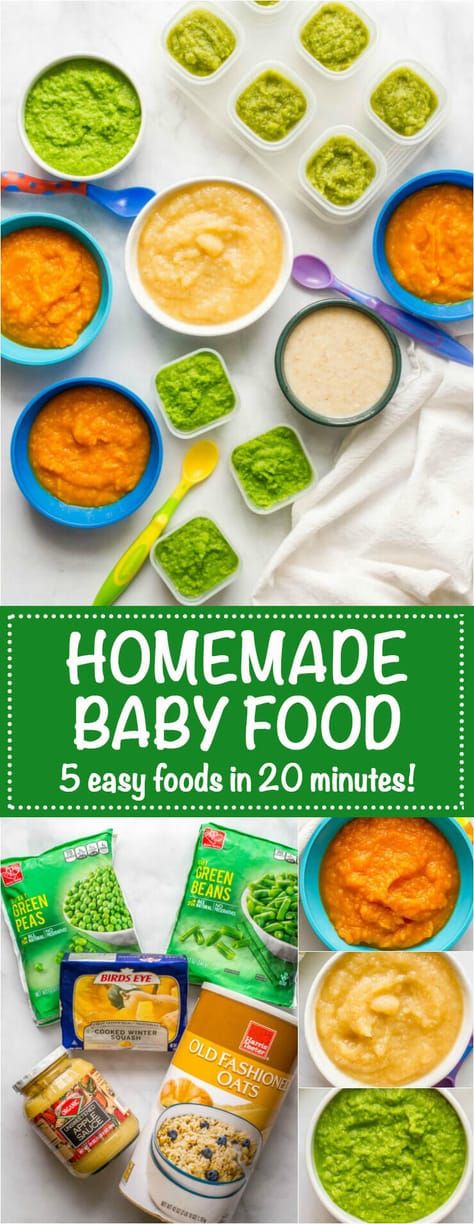
In the process of cooking, you should not increase the heat treatment time, 5-7 minutes is enough, this will help preserve the maximum of useful components.
In order for the puree to stand until the winter and not spoil in jars, it is necessary to lay it out in a sterilized container and subject it to additional sterilization in a steam bath.
About salt. When adding it to baby food and trying to make it tasty, the baby is only harmed. He doesn't know what salted foods are, and he will eat those too. The presence of salt in the first complementary foods leads to the development of hypertension, disorders of the heart and kidneys.
Salt interferes with the absorption of calcium, which is so necessary for a growing body, and can even lead to stunted growth. It is worth remembering that many internal organs, including the kidneys, are still underdeveloped, salty food will put an additional burden on them.
Choosing and pre-preparing vegetables
Some tips for choosing vegetables that will make healthy and tasty puree for your baby: It is more likely that they will be environmentally friendly.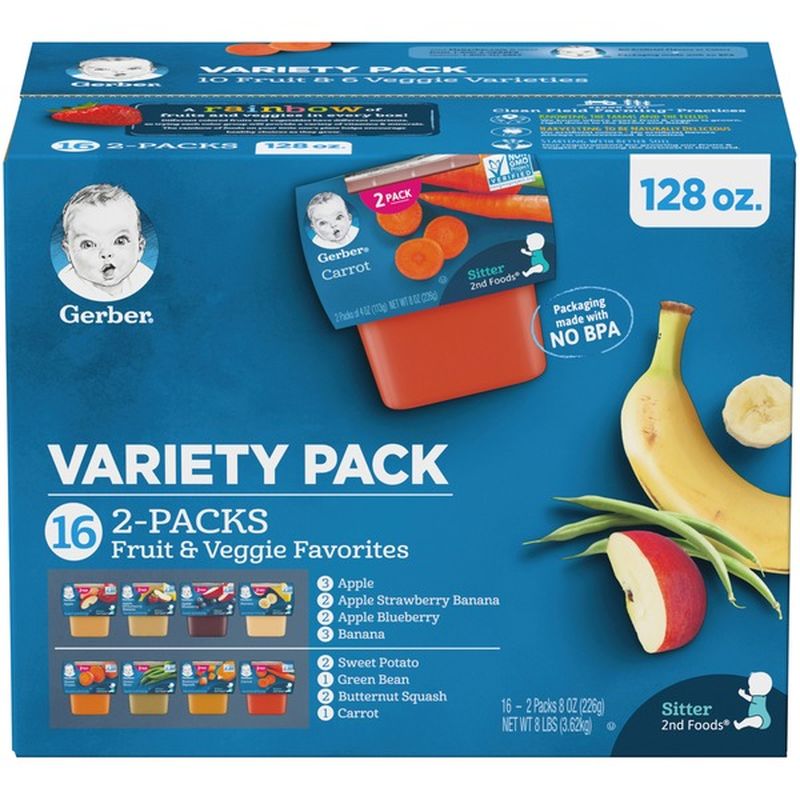 Industrially grown squash can contain nitrates and other chemicals.
Industrially grown squash can contain nitrates and other chemicals.
Ways to prepare zucchini puree
The main method of preparation is to boil zucchini in a small amount of water for a short time. But this is a classic version that can be diversified by adding an apple, carrot, cauliflower to it.
Zucchini does not cause allergies, is well absorbed, which is extremely important for a small organism, and has a neutral taste, which allows it to be combined with other products.

Zucchini puree for winter
Preparing such a puree will not be difficult, and the baby will be provided with the necessary vitamins and microelements contained in the zucchini for the winter. Necessary components:
- zucchini - 2 pcs.;
- water - 240 ml.
Procedure:
- Wash the vegetables, remove the tail, peel if necessary, remove the core with seeds. Cut into cubes or rings, place in a saucepan and cover with water.
- Cover and after boiling boil for 5-7 minutes. Drain the water, all the necessary liquid of the zucchini has already been taken. Let it cool down a bit.
- Prepare appropriately sized containers, sterilize with lids.
- Puree the zucchini with a blender.
- Arrange in containers, cover with lids and sterilize on a steam bath for 5 minutes. Close hermetically. Store preferably in the dark.
Baby zucchini puree with apple
For babies, it is recommended to add an apple to zucchini puree. Fruits are selected green varieties so as not to cause allergies. Sugar is optional, but if the apples are sweet, it is not necessary.
Fruits are selected green varieties so as not to cause allergies. Sugar is optional, but if the apples are sweet, it is not necessary.
Required:
- marrow - 2 pcs.;
- apple - 2 pcs.;
- water - 170 ml.
Procedure:
- Wash, peel, core and cut the vegetables and fruits.
- Place in a saucepan, cover with water and boil for 5-7 minutes.
- Drain the water and beat the resulting mass with a blender.
- Divide into sterilized containers and sterilize in a water bath for 10 minutes.
- Close tightly.
From frozen zucchini
When frozen, the vegetable does not lose its beneficial properties, the only negative is that it becomes tasteless. The baby is unlikely to like mashed potatoes from one zucchini, so it is recommended to diversify it with carrots, cauliflower (frozen), potatoes. But if these products have already been introduced into the diet of the baby.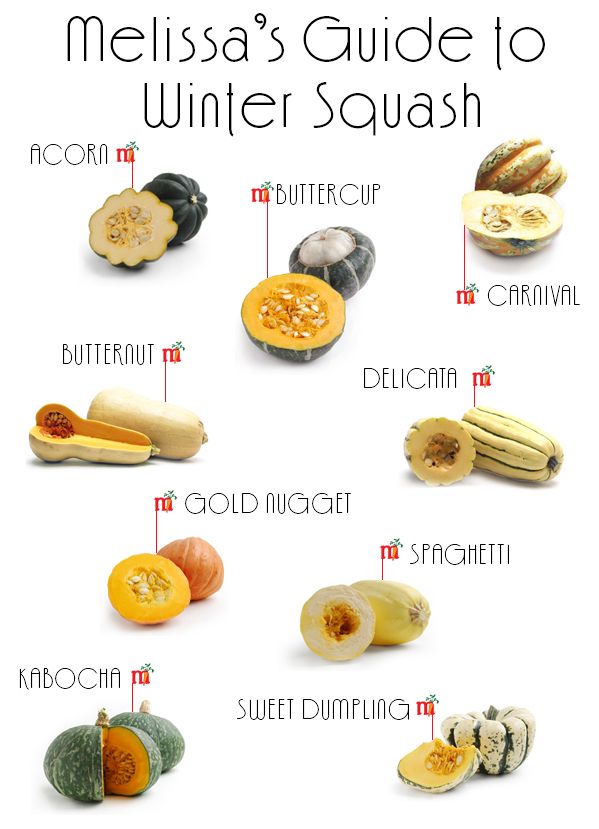 Otherwise, they are introduced in accordance with the basic rules of complementary foods. For the winter, it is convenient to freeze a vegetable already peeled and cut.
Otherwise, they are introduced in accordance with the basic rules of complementary foods. For the winter, it is convenient to freeze a vegetable already peeled and cut.
Required:
- marrow - 120 g;
- cauliflower - 90 g;
- carrots - 30 g;
- water - 140 ml.
Action plan:
- Peel, wash and finely chop the carrots.
- Place in a saucepan, add zucchini, cauliflower (without defrosting).
- Pour in the specified amount of water.
- Boil and boil for 10 minutes.
- Blend with a blender.
How to make the first complementary foods from zucchini
There are rules for introducing complementary foods for infants. Zucchini does not cause allergic reactions, it is well absorbed, but each organism is individual, so even this vegetable must be introduced in accordance with the rules:
- No new products, only zucchini, otherwise, if a negative reaction appears, it will not be clear from what.












